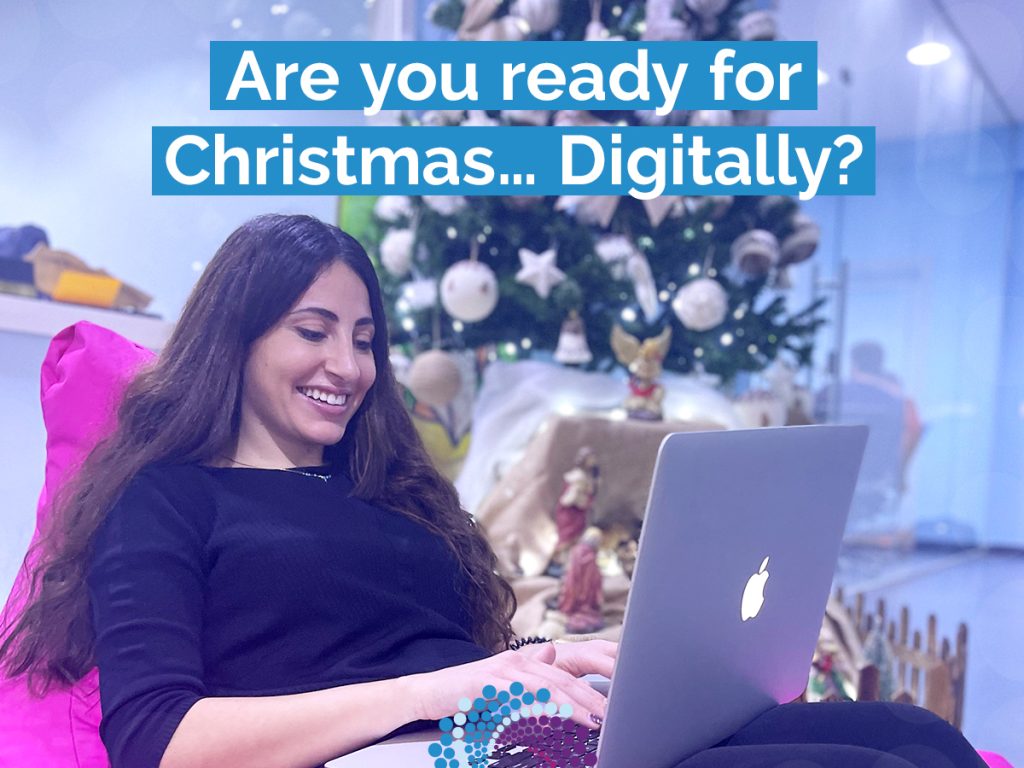The global tech community is buzzing with apprehension following the announcement of Elon Musk’s rebranding of Twitter to now as X. This bold move pulls the curtain back a bit further on Musk’s master plan of a super app that fuses multiple facets of digital living under one platform. Much like how WeChat revolutionized the digital landscape in China, ‘X’ is expected to bring about a similar sea change in the West.
With approximately 350 to 400 million monthly active users, Twitter, now ‘X,’ presents a substantial base to launch a digital revolution. Musk’s ambitious plan to integrate banking and payments into the ‘X’ app may see the $44 billion dollar acquisition of Twitter as a bargain deal, given that the cost per user equates to around $125. It’s a comparative steal when considering the valuation of banking apps, which often surpasses $900 per user.
The integration of banking and payment systems into ‘X’ could transform the digital ecosystem, allowing users to perform a variety of functions, from tweeting to making transactions, all within a single app. It’s the ‘X’ factor in the equation that could propel the app into a league of its own.
A significant part of this grand design involves the rumored Tesla phone. Given the app’s existing user base, marketing a new phone with encrypted chat and a digital wallet (crypto-inclusive) to 400 million active users seems like a strategic masterstroke. Assuming a 7% of the Monthly Active Users (MAUs), plus Tesla drivers, and wannabe drivers, purchase the new phone, that equates to an impressive initial sales figure of around 30 million units at first year launch. To put that into perspective, Apple sold approximately the same number of iPhones in the first three years following its launch.
The potential synergies of this grand vision are mind-boggling. The Tesla phone, expected to come with ‘X’ pre-installed, will harness connectivity from Musk’s Starlink internet project, as has T-Mobile in a recent integration announcement earlier this year. This unique satellite-link could sidestep traditional telecom networks, further augmenting Musk’s quest for vertical integration.
Add to this equation the prospect of Tesla cars becoming mobile cell towers, and the Boring Company laying the groundwork for an underground data cable network. One can’t help but marvel at the comprehensive tech ecosystem that Musk envisions.
The software that will power the Tesla phone is another topic of much speculation. While Android is the typical choice, Musk’s experience with Tesla’s proprietary OS (built on a Linux base) suggests the possibility of a unique, Musk-engineered operating system.
The ‘X’ factor extends to Musk’s answer to OpenAI’s ChatGPT. This AI, rumored to be integrated into ‘X,’ will further enhance the app’s interaction capabilities and user engagement.
The renaming of Twitter to ‘X’ signifies more than a change in nomenclature. It symbolizes the onset of a transformative journey into a future where tech ecosystems are seamlessly interlinked – from apps to devices to internet connectivity.
With Elon Musk at the helm, this odyssey is bound to be an exhilarating ride. As we eagerly await the next updates of Twitter, X, the big question remains: Are we dealing with Dr. Evil and his desire for world dominance? Or, is this guy genuinely trying to bring humanity into a better, more cohesive digital world?
Author Ziad Nassar Co-founder & CEO of AddBloom.com























